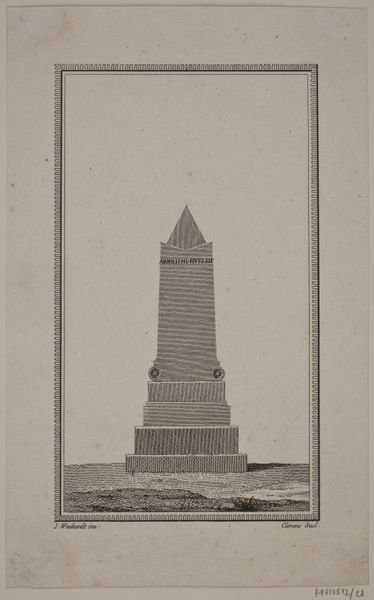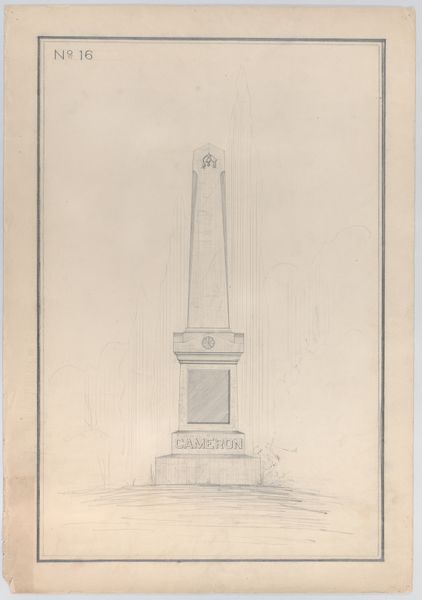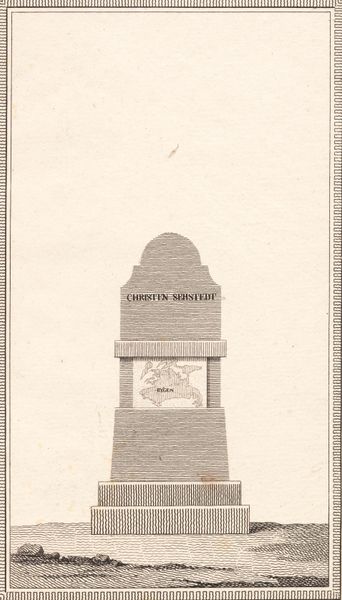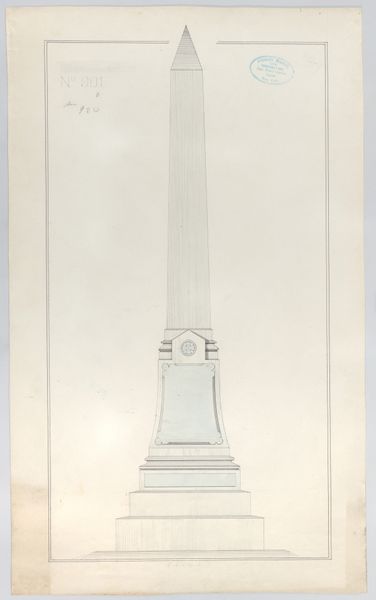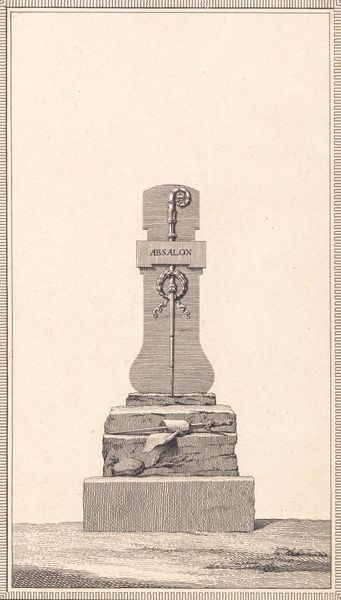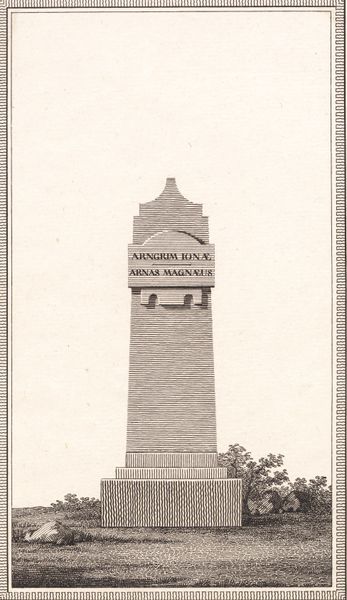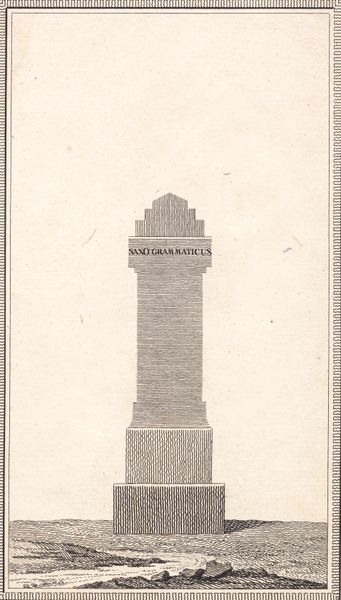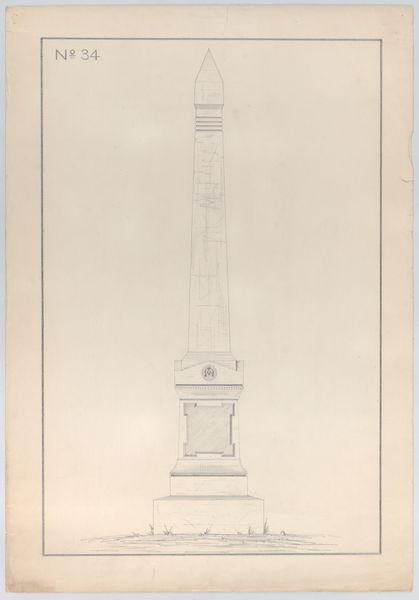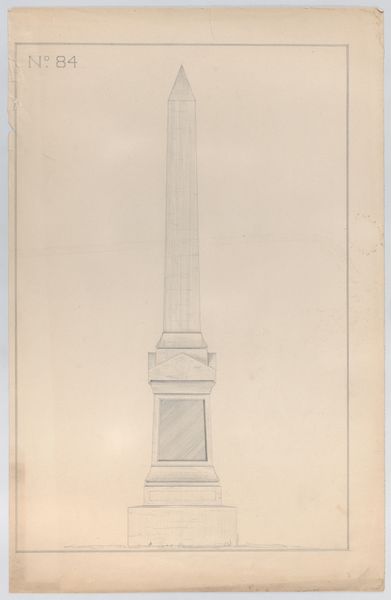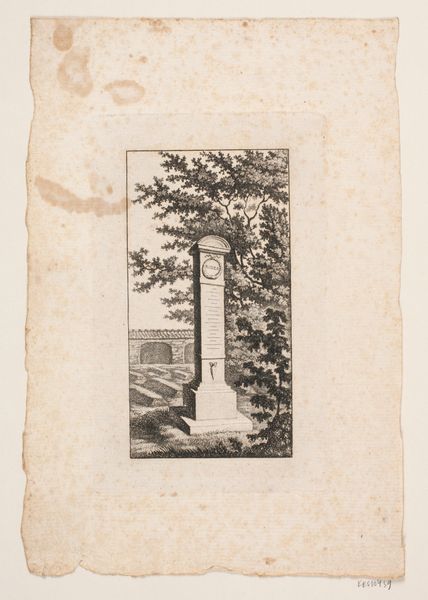
drawing, print, etching, graphite
#
portrait
#
drawing
#
neoclacissism
# print
#
etching
#
graphite
Dimensions: 178 mm (height) x 102 mm (width) (billedmaal)
Curator: Let's turn our attention to this striking print titled "Thomas Bartholin." J.F. Clemens created it between 1779 and 1781. We can find it at the Statens Museum for Kunst. It seems to be an etching in graphite, depicting a monument. Editor: The severity of its linear quality feels undeniably neoclassical, austere even. There is a sense of mortality; its stillness radiates power and intellectual legacy, yet it almost whispers of the impermanence of man-made edifices and names. Curator: Precisely. This piece captures that late eighteenth-century fascination with antiquity and reason. Looking at its making, we see the print process lending itself to the widespread dissemination of knowledge, fitting for a portrait honoring a renowned medical figure and professor. Etchings are themselves about the layering and transformation of materials – metal plates, acid, ink, and paper. It is the mechanical made aesthetically potent. Editor: Given the Enlightenment context and Clemens’ meticulous method, could we also view this work as an appeal for preserving medical knowledge, and ancestral history? The monument structure with Thomas Bartholin's name—alongside what seems to be an early version of the rod of Asclepius—symbolize authority and history. Curator: Absolutely. The layering also extends socially. Think about Clemens's role; the skill and labor needed for this piece suggests his own position within the artistic community. It connects artisan production to a broader knowledge economy. Who commissioned the print? Where was it circulated? Editor: Considering Clemens as both recorder and artist makes me wonder about his intention in rendering Bartholin—was he commenting on societal power structures through art or just honouring an academic tradition? Curator: Perhaps it is both. The etching is a commodity, an object of tribute, and a statement, and ultimately reflects an interesting relationship between creator, subject, and audience. Editor: A beautifully balanced summary. It has a starkness to it which reminds us that art is always made within larger historical movements and shifts.
Comments
No comments
Be the first to comment and join the conversation on the ultimate creative platform.
